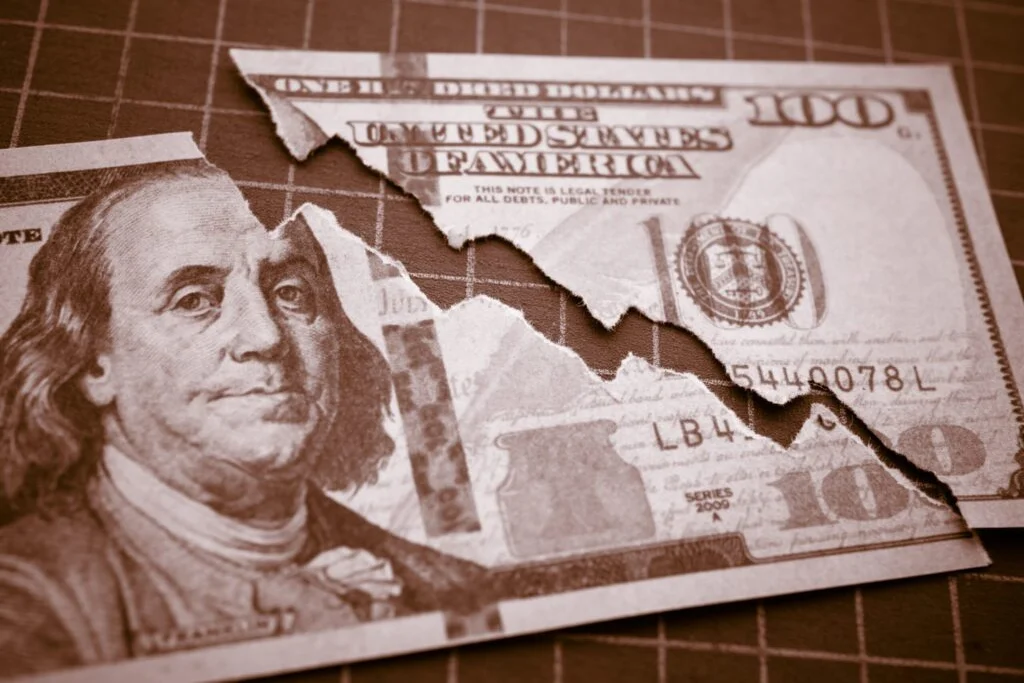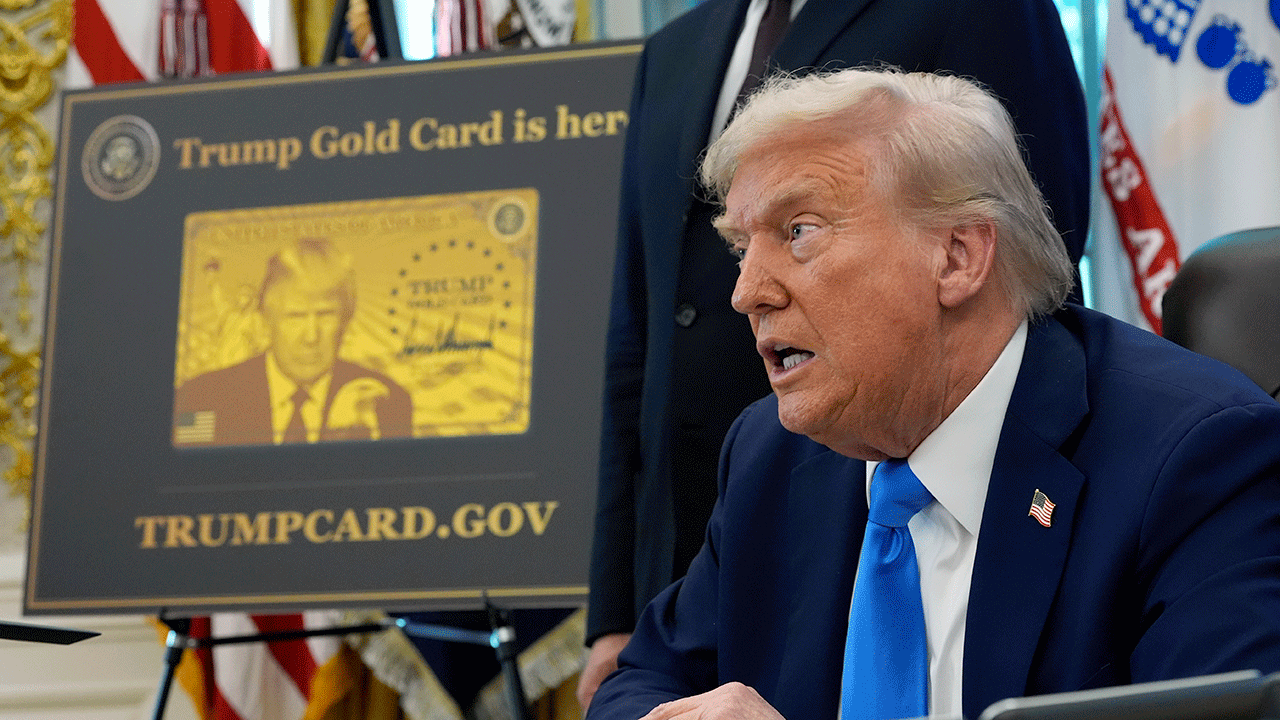
The U.S. dollar remains the world’s reserve currency, but its perceived value is eroding faster than many think.
According to Goldman Sachs’ latest report, a combination of shifting trade dynamics, weaker U.S. economic outperformance, and political risk is setting the stage for gradual depreciation—even without outright de-dollarization.
Dollar Dominance Loses Muscle
In 2025, the trade-weighted dollar index, as broadly tracked by the Invesco DB USD Bullish Fund UUP, has already declined by about 7%. And Goldman isn’t calling that a blip.
Instead, analyst Kamakshya Trivedi sees continued weakening in the months ahead as “less exceptional economic and market performance no longer warrants its high valuation.”
Still, the dollar dominates where it matters most. As of the first quarter of 2025, it commands over 60% of spot foreign exchange trading volumes. That accounts for 50% of SWIFT financial transactions. It also makes up 45% of cross-border debt issuance, and holds a 40–50% share of international loans.
But signs of stress are emerging. The most notable is the composition of the central bank’s reserves. Since 2015, the dollar’s share of global reserves has declined by eight percentage points, even after adjusting for valuation effects.
Much of that comes from Russia’s reserve reallocation, rising gold holdings, and a broader search for yield in non-dollar assets. Still, the shift signals a quiet but persistent effort by global institutions to hedge their exposure to the dollar.
No Alternative? That’s the TINA Trap
Goldman calls it the “TINA” factor: There Is No Alternative. And it still holds.
The Euro lacks fiscal unity. The Chinese Yuan is stuck behind capital controls. Bilateral currency arrangements face trade imbalances and liquidity hurdles. Even promising ideas like BRICS financial systems are politically fragmented.
Stablecoins pegged to the dollar, meanwhile, are experiencing a surge in usage. According to Trivedi, their growth may “entrench” the dollar’s status in a future digital financial system, reinforcing its position rather than eroding it.
In essence, alternatives exist—but they’re incomplete. And switching costs in global finance are still enormous.
Depreciation Ahead, Even If Dominance Holds
What’s more likely than a dethroning is a devaluation. Goldman expects the Dollar to keep depreciating, not because it’s being replaced, but because the US is struggling to attract foreign capital like it used to.
U.S. GDP growth is cooling. Labor market data has softened. Investors are increasingly hedging against FX risk when holding U.S. assets, a shift that pressures the Dollar. And with the Trump administration pursuing a more inward-looking trade and defense policy, the structural draw of the dollar could wane over time.
A 4% depreciation of the dollar from here would, based on Goldman’s regression models, translate into only a ~0.4 percentage point dip in its global usage—nothing dramatic, but another step in a slow fade.
Economists, meanwhile, warn that a weaker U.S. dollar could drive up prices for everyday goods and make international travel more expensive for Americans.
Long-Term Shifts: What Would It Take to Replace the Dollar?
Displacing the dollar requires more than a weaker U.S. economy—it needs another country or currency bloc to rise meaningfully across trade, capital markets and geopolitical stability. History tells us this doesn’t happen overnight.
The British Pound stayed dominant long after the UK’s global influence waned. The dollar only replaced it in earnest after World War II, when the U.S. surged in international institutions and defense alliances.
Similarly, Goldman says that unless the U.S. sharply reduces its role in global trade and security, the dollar’s role will erode slowly—if at all.
Now Read:
The Fed Is Caught In A Tug-Of-War—And Powell Just Admitted It
Image: Shutterstock



